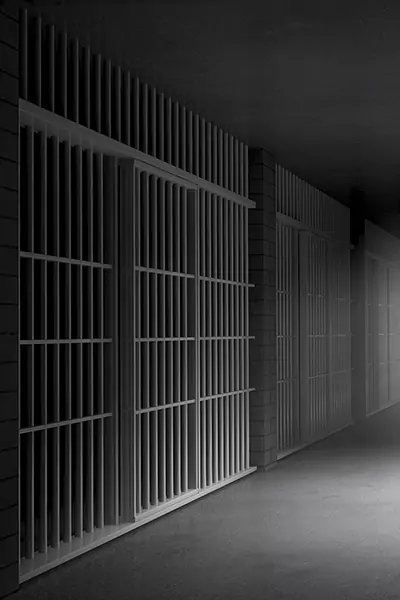Can Theater Help?
- in Prisons
The recent shift in incarceration policy being implemented by the U.S. Department of Justice has also sparked interest among the states concerning how best to reduce the number of individuals currently housed in state penal system facilities.
Prison overcrowding is a major problem in every state within the union, with many states building new facilities, but none of the states have problems of overcrowding like California. This situation keeps bail bondsmen very busy. When you add to that the fact that California also has the highest rate of return for former convicts, the problem for the state becomes a financial issue as well as a rehabilitation issue. But California may have a secret weapon.
Pilot Program
In the 1970s, then Gov. Jerry Brown implemented a plan to allow arts and theater education to those incarcerated individuals who wanted to participate. The results were very interesting. The statistics resulting from the former Prison Arts Project that was established in 1977 through the California Arts Council show the rate of recidivism was reduced dramatically among participants. The current rate of recidivism in California is 63.7%, meaning over half of those convicted get convicted again after returning to their criminal element upon release.
California has recently determined that reducing that number by 10% could save a significant amount of operational expense and potentially rehabilitate some prison populations in the process. With Jerry Brown as Governor again, and the focus by the Department of Justice on reducing prison populations by focusing on rehabilitation for non-violent offenders, the state could reinvent the program and set a precedent for the other states. The California secret weapon could well be Hollywood and the state’s innovative Governor. Add to that professional actors like politically enthusiastic “Shawshank Redemption” star Tim Robbins along with support from the California State Senate and the win-win scenario becomes a distinct possibility.
Participant’s Reactions
According to testimony from those who participated in the pilot program, the real positive that emerged from the program was a development of empathy of others that many criminals seem to lack overall. The primary problem on the prison yards in California is distrust and dislike among prison gangs who set the culture for living in an incarceration facility. All prison facilities have their very own culture, but many of these facility cultures are identical in states like California.
Many participants stated that the communication tools learning in the arts and theater program allowed them open up to others for the first time in their lives while developing a talent they did not know they had. For many former convicts it provided real hope for the future when they were released. Even with a modicum of success, reimplementation of the program could mean major financial savings for the state while potentially reducing the crime rate and improving the lives of former convicts after release.
Influence from the federal Department of Justice could also mean other changes in the court system are in the making, as state’s scramble for any way to reduce operational expenses by reduced returning prison populations. Leniency in bond amounts for individuals charged with non-violent crimes could also be in the offing, as population numbers also include those who are charged and cannot make bail. Lower bonds would mean that the bonding agencies would assume lower risk for providing surety for the defendant when the potential for a rehab program will be the obvious result of prosecution.

